How Your Menstrual Cycle Changes with Age
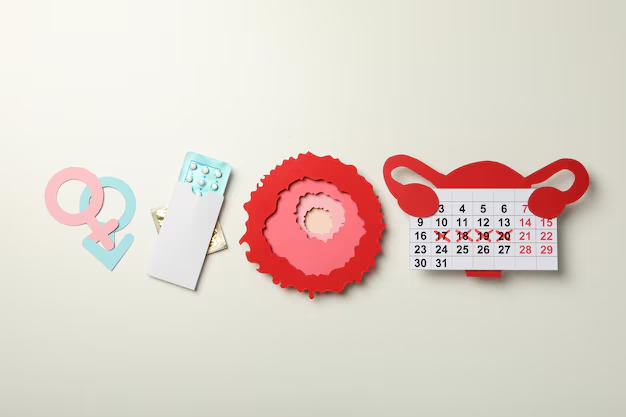
The menstrual cycle is an integral part of life for people assigned female at birth, and it evolves over time due to hormonal, physical, and lifestyle changes. Understanding these changes can help you better manage your reproductive health and anticipate what’s normal during different life stages.
In this blog, we’ll explore how your menstrual cycle may change as you age, from your teenage years to menopause.
Teenage Years: Establishing a Cycle
What to Expect
- Irregular Cycles: When menstruation begins during puberty (typically between ages 9 and 16), it’s common to experience irregular periods. Cycles may be long, short, or unpredictable.
- Heavy Bleeding: Some teenagers may experience heavier bleeding as their bodies adjust to hormonal changes.
- Period Symptoms: Cramps, bloating, and mood swings are often more pronounced during this stage due to fluctuating hormone levels.
Tips for Teens
- Track your period using an app or calendar to understand your cycle better.
- Maintain a balanced diet and stay hydrated to ease symptoms.
- Consult a doctor if periods are extremely heavy or irregular after a few years.
20s: Stable and Fertile Years
What to Expect
- Regular Cycles: By your 20s, your cycle is likely more regular, with an average length of 28-35 days.
- Ovulation Symptoms: Many people notice mid-cycle symptoms such as mild cramps or increased cervical mucus due to ovulation.
- Hormonal Birth Control: If you’re on birth control, it can regulate periods or even stop them altogether.
Tips for Your 20s
- Focus on overall wellness by exercising, eating healthily, and managing stress.
- If you’re sexually active, consider regular check-ups and discuss contraception options with your healthcare provider.
30s: Subtle Changes and Parenthood
What to Expect
- Hormonal Shifts: Hormone levels may fluctuate more due to lifestyle changes, stress, or pregnancy.
- Pregnancy and Postpartum: Pregnancy affects your cycle temporarily, and it may take months to normalize after giving birth. Breastfeeding can delay the return of regular periods.
- Heavier or Painful Periods: Conditions like endometriosis, fibroids, or adenomyosis may start to emerge or worsen during this time.
Tips for Your 30s
- Address any unusual symptoms like heavy bleeding or severe pain with your doctor.
- Consider preconception care if you’re planning to have children.
- Stay proactive about screenings like Pap smears and check-ups.
40s: Approaching Menopause
What to Expect
- Irregular Cycles: Perimenopause, the transition phase before menopause, begins in your 40s. Your cycles may become shorter, longer, or less predictable.
- Skipped Periods: You may start skipping periods as ovulation becomes irregular.
- Stronger Symptoms: Symptoms like hot flashes, night sweats, and mood swings may accompany hormonal changes.
Tips for Your 40s
- Track your symptoms and discuss hormone replacement therapy (HRT) or other treatments with your doctor if needed.
- Focus on bone health by incorporating calcium and vitamin D into your diet.
- Practice stress management to ease symptoms of perimenopause.
50s: Menopause and Beyond
What to Expect
- Menopause: Defined as 12 consecutive months without a period, menopause typically occurs around age 51.
- Post-Menopause: After menopause, you’ll no longer have menstrual periods, but hormonal changes can continue to affect your body.
- Health Risks: Low estrogen levels can increase the risk of osteoporosis, heart disease, and vaginal dryness.
Tips for Your 50s
- Stay active to maintain bone and heart health.
- Discuss any postmenopausal symptoms or bleeding with your doctor.
- Consider lifestyle changes and treatments for vaginal health and comfort.
When to See a Doctor
You should consult a healthcare provider if you experience:
- Heavy bleeding or periods lasting more than 7 days.
- Severe pain during periods.
- Periods that stop suddenly or become irregular outside of expected age-related changes.
- Unexplained bleeding between periods or after menopause.
Related Articles

Pregnancy due date calculator
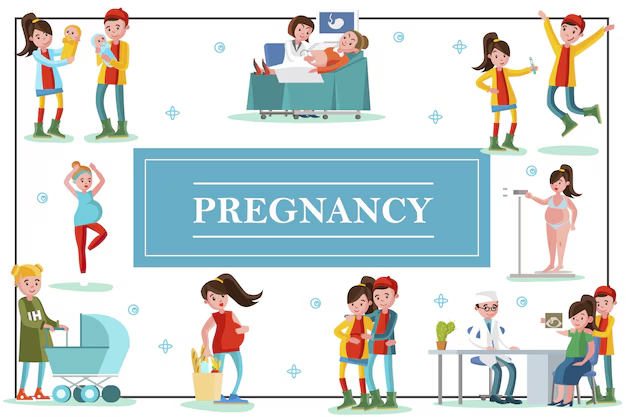
Step-by-Step Approach to Boosting Fertility and Getting Pregnant

Baby development at 16 weeks
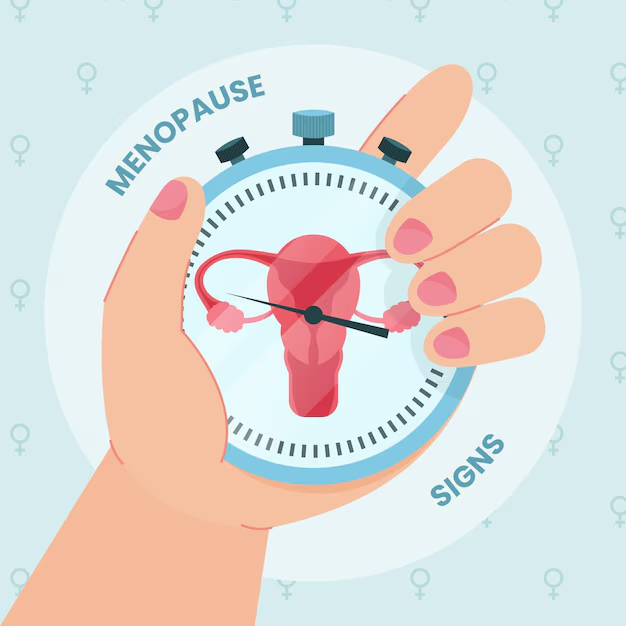
The Role of Vaginal Discharge in Reproductive Health
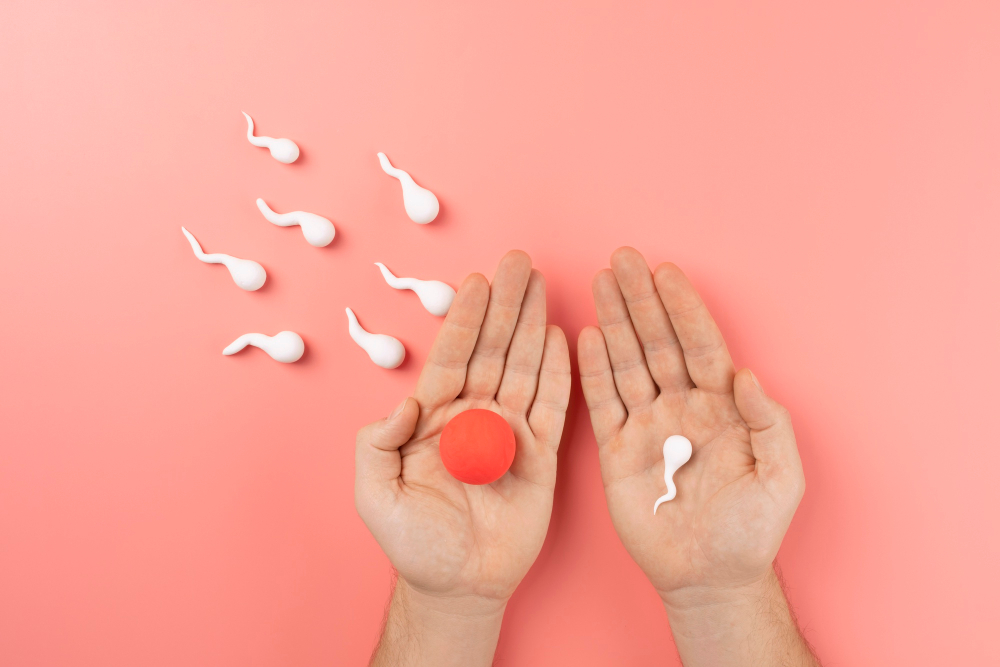
Fertility and Conception: A Comprehensive Guide to Getting Pregnant
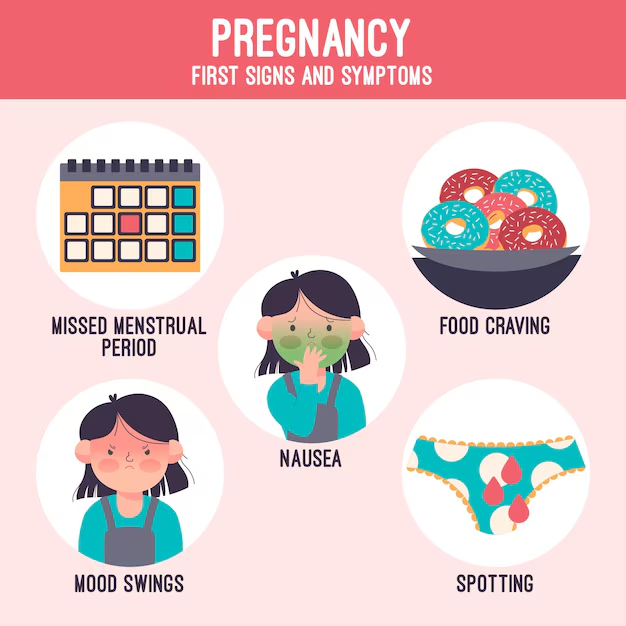
Common Symptoms in the First Trimester and How to Manage Them

Enhancing Fertility and Conception: Your Complete Guide to Getting Pregnant

Managing Work Stress During the First Trimester